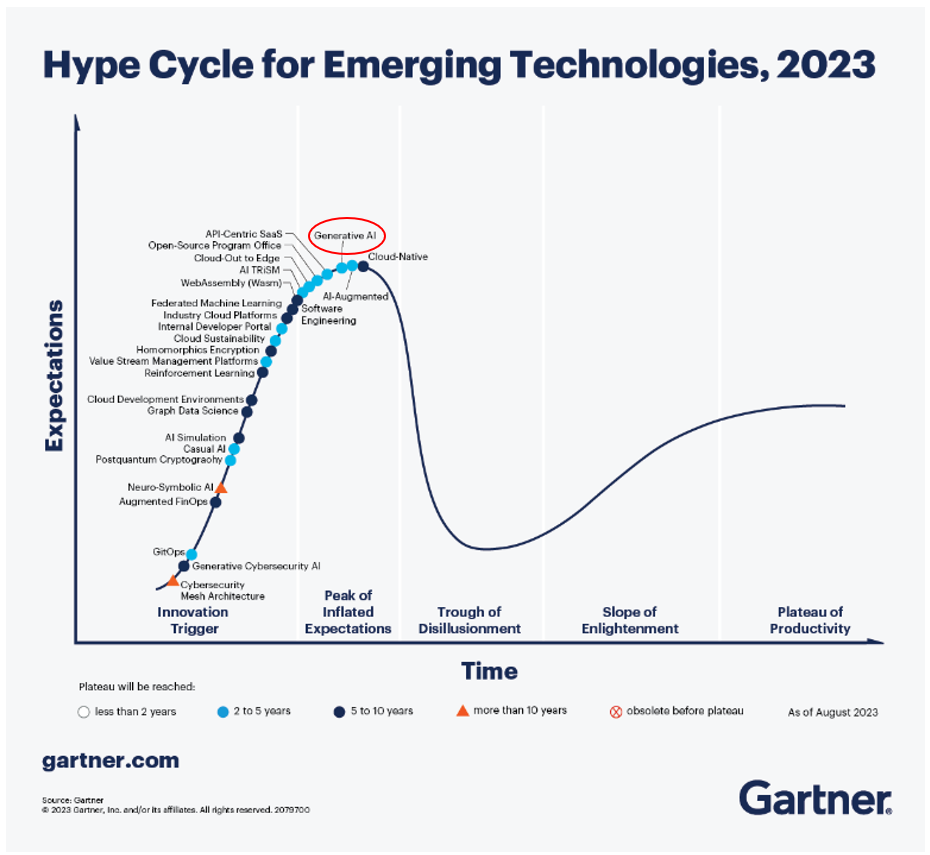5/5 (2) Image source.
Weak Discourse & Polarisation
The first U.S. presidential debate of 2020 is yet again a reminder that there is a decline in civilised and substantive discourse. This becomes especially evident when personal attacks and interruptions are deemed the key moments of a presidential debate rather than the actual answers given to the questions [1]. Not to mention that some of the answers that were given often included misinformation and/or weak arguments. Bickering, squabbling, and providing unfounded arguments greatly diminish the quality of a discourse. It should have no place in any debate (for that matter) and definitely not in one between the presidential candidates of a country.
An increasing lack of wanting to really listen to others and their views in general is leading to even more political polarisation. While (social media) algorithms are filtering and personalising content which insulates people within a so-called filter bubble, it is the people themselves that are turning these bubbles into echo chambers through their own information behaviour [2]. These chambers (i.e. clusters) consist of users with similar interests or ideologies that are on a topic specific content or media ‘diet’. This diet often stems from the selective exposure of information proposition which entails that people prefer to be exposed to content that agrees with their own opinions. Only information that reinforces existing beliefs and conforms to (chamber) group norms is sought out and shared, even if this information is incorrect or substantiated by weak arguments [2].
With this type of behaviour on both social media and in political and public discourse, it becomes imperative to enable people to start listening to each other again and bring quality arguments to the table.
A Breath of Fresh Air
“That’s Debatable”, a new interactive debate show presented by Bloomberg in partnership with Intelligence Squared, could potentially be the breath of fresh air we so desperately need. What makes this show so unique is the use of IBM Watson’s advanced capabilities in Natural Language Processing (NPL) [3]. The show aims to present how AI can help people better understand nuanced viewpoints, inform decision-making in high-stake cases, and facilitate the discovery and surfacing of critical insights. Furthermore, it will enable a more diverse and larger range of opinions and voices to be brought to the public square as well as the providing new perspectives which can enhance a debater’s arguments [3].
So How Does It Work?
The general public is invited to submit a short statement in which they make a case for or against a specific topic [4]. IBM’s Watson then performs a Key Point Analysis, a new NPL capability, consisting of four phases to generate a coherent narrative. Firstly, a deep neural network classifies the submitted arguments into two distinct groups; supporting or contesting. Those arguments that are deemed off-topic, neutral, or irrelevant are removed from the pool. In the second phase, potential key points are identified by filtering and grading the quality of the arguments. Options that are too long, incoherent, include redundancies, or that have a tone that is too emotional are disregarded. Next, Watson assesses the prevalence of each potential key point by identifying the number of sentences articulating the gist of the points. The points are graded and ranked and ultimately a small set, that is diverse enough and covers the majority of the arguments, is selected. Lastly, Watson matches the strongest arguments to the specific key point it will support which are then used for the formulation of a coherent narrative that addresses both the pro and con side of the debate. This narrative will ultimately assist the debaters during the show to ensure a more well-rounded discourse [4].

Image source.
Final Thoughts
With the rise in polarisation, I believe it to be incredibly important to advocate for healthy and substantive public and political discourse. “That’s Debatable” is definitely a step in the right direction and many countries would benefit greatly from a show like this being introduced in their own native tongue. However, there is a reasonable chance that the majority of the viewers will be individuals that are already more open to hearing what the other has to say. I wonder how much of a lasting social change can be achieved as long as people are not actively encouraged to remove themselves from their echo chambers and change their own information behaviour.
The show will premiere on October 9th, 2020 with the first debate focusing on the question whether it is time for wealth to be redistributed. If you want to be a part of the next discussion, you can visit IBM’s website. You have 15 days left (as of October 2nd, 2020) to contribute to the next topic: “A U.S.-China Space Race Is Good for Humanity” [4].
Sources
[1] CNN Politics (2020). Watch the key moments from the first presidential debate. [Online Video] Available at https://edition.cnn.com/videos/politics/2020/09/30/first-presidential-debate-highlights-orig-mh.cnn [Accessed: 2 October 2020]
[2] Zimmer, F., Scheibe, K., and Stock, W. (2019). ‘Echo Chambers and Filter Bubbles of Fake News in Social Media. Man-made or produced by algorithms?’, 8th Annual Arts, Humanities, Social Sciences & Education Conference, Prince Waikiki Hotel, 3-5 January. Honolulu: 2019 Hawaii University International Conferences
[3] Bloomberg Media (2020). Bloomberg Media and Intelligence Squared U.S. present a new limited debate series “That’s Debatable” hosted by Award-Winning Journalist and Moderator John Donvan and featuring AI from IBM Watson. [Online] Available at https://www.bloombergmedia.com/press/bloomberg-media-and-intelligence-squared-u-s-present-a-new-limited-debate-series-thats-debatable-hosted-by-award-winning-journalist-and-moderator-john-donvan-and-featuring/ [Accessed: 30 September 2020]
[4] IBM (n.d.). Join the debate | Experience a new era of improved public discourse with AI technology. [Online] Available at https://www.research.ibm.com/artificial-intelligence/project-debater/thats-debatable [Accessed: 30 September 2020]







